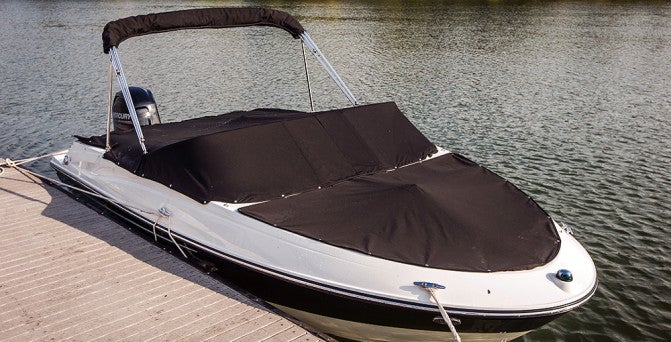
Would you trust your brand-new pride-and-joy to a $2 rope from the bargain bin? An amazing number of people do just that.
Every single year insurance companies receive claims from people who tied their $50,000 boat to the dock with a cheap rope they picked up from the bargain bin at some gas station. And the story always ends the same way. Overnight, the wind picked up and – snap! – their pride-and-joy either drifted away on its own, or spent the next few hours crashing into other boats tied to adjacent slips.
Visit a proper marine supply store and you’ll quickly learn that rope comes in a huge variety of types and styles, each with different properties. But not all of them work well on a boat. Here’s the line on ropes:
Polyethylene Ropes
Widely sold at rural gas stations and suburban discount stores, the familiar bright yellow polyethylene rope is the least expensive synthetic cord sold in North America today.
While its low price makes it attractive, polyethylene is horrible stuff to use on a boat – it tangles like crazy, and it deteriorates quickly with exposure to the sun. God help you if you accidentally get a fishing lure snagged in it – even pliers won’t help. Spend a buck or two more, and get something much, much better.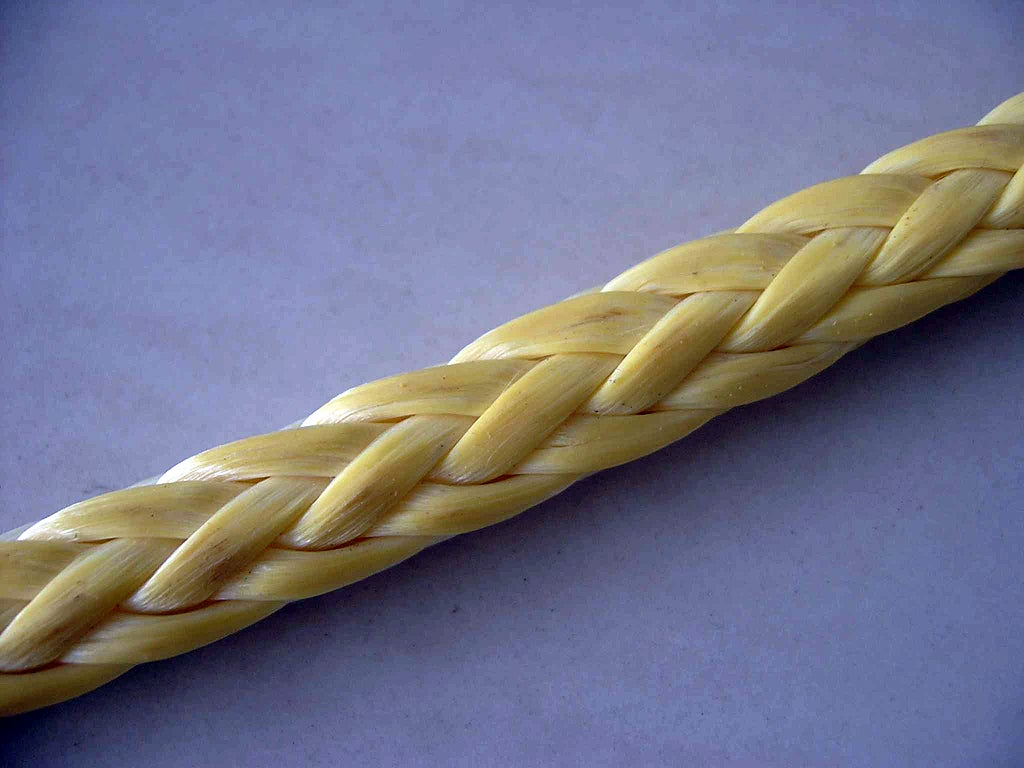
Polypropylene Ropes
Polypropylene rope floats like a cork, which makes it absolutely ideal for use as a ski-tow rope or as a heaving line should someone fall overboard. But because polypropylene rope is only about half the strength of a similar nylon or polyester line, it’s not the best choice for high-stress jobs, like dock lines or anchor rope. It also tends to degrade with exposure to sunlight, growing weaker with time. So use it for towing skiers and wakeboarders, and get something else for the heavy-duty work.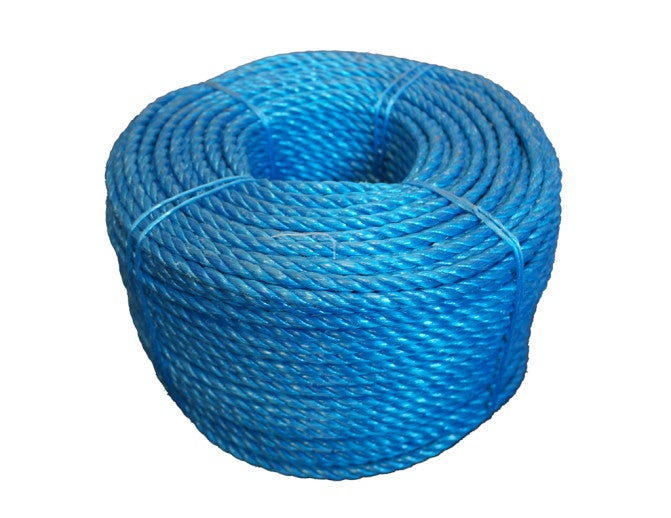
Nylon Ropes
That “something else” would be nylon. Representing an almost perfect balance of strength, flexibility, durability and stretch, nylon rope is far and away the strongest, most durable line you can buy. While it does cost a little bit more than some other types of rope, this is one instance where you really do get what you pay for.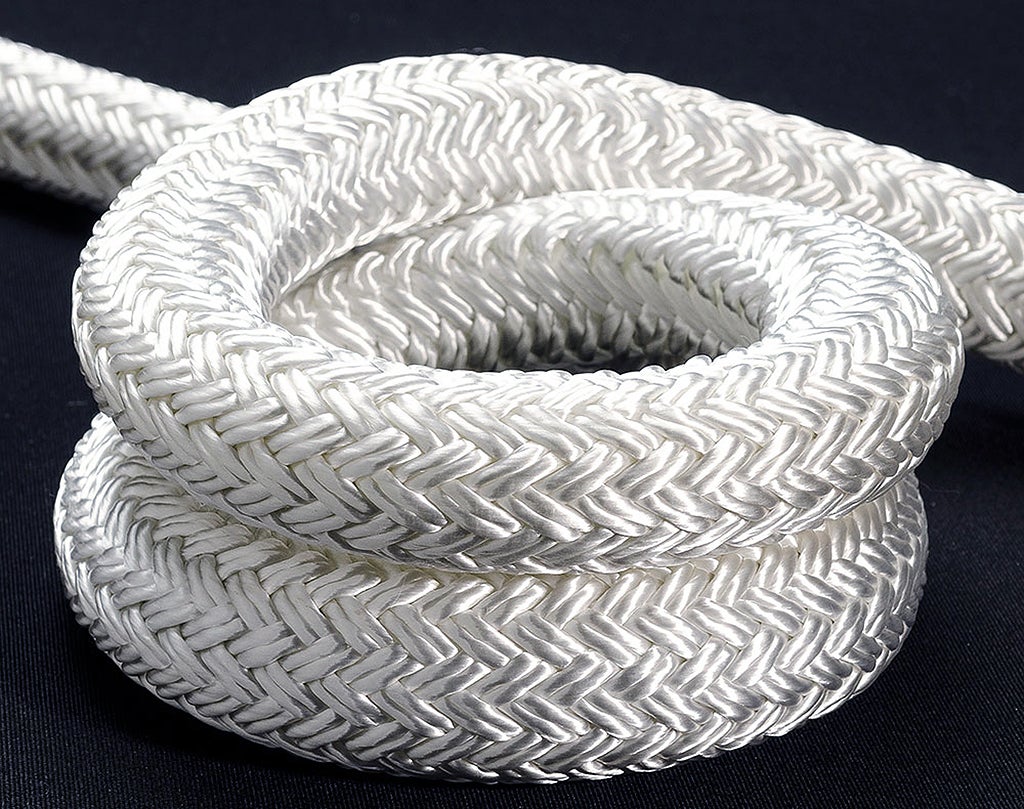
Nylon rope is super-strong, it holds knots well, and it’s highly resistant to oil and gasoline so even an accidental dunking in the bilge won’t harm it. It’s also fairly elastic, which makes it ideal for high-stress jobs like anchor line or dock line – the elasticity absorbs impact from waves, minimizing the strain that’s transmitted to the boat’s cleats. It’s also a great choice if you need to give another boater an emergency tow.
Nylon rope comes in a wide range of colors and two basic styles — twisted or braided. Twisted rope is formed by coiling three individual strands together in the same direction, and opposite of the direction of the individual strands themselves. This keeps the rope from unraveling and prevents it from curling excessively.
Braided rope has its strands wrapped against each other in an overlapping pattern, and may be constructed from four, eight, 16 or 32 individual pieces (subsequently called four-, eight-, 16- or 32-plait rope).
Both varieties have identical strength and elasticity. Because solid braid rope is almost perfectly round in profile, it’s a better choice if you need to pass the rope through any pulleys or winches, such as an anchor windlass. Otherwise, buy what looks best to you.
Nylon rope is normally sold by the foot, but for convenience you can also find it packaged as pre-spliced dock lines, with a fixed loop at one end. These come in various lengths – buy one the same length as your boat. You’ll need one line each for the front and back.
By taking the time to select the right style of rope, and spending a little extra for quality, you’ll find your boating experience smoother in every way. And, you’ll never have an insurance adjuster ask what you were thinking when you tied your $50,000 boat to the dock with a cheapie rope from the dollar store.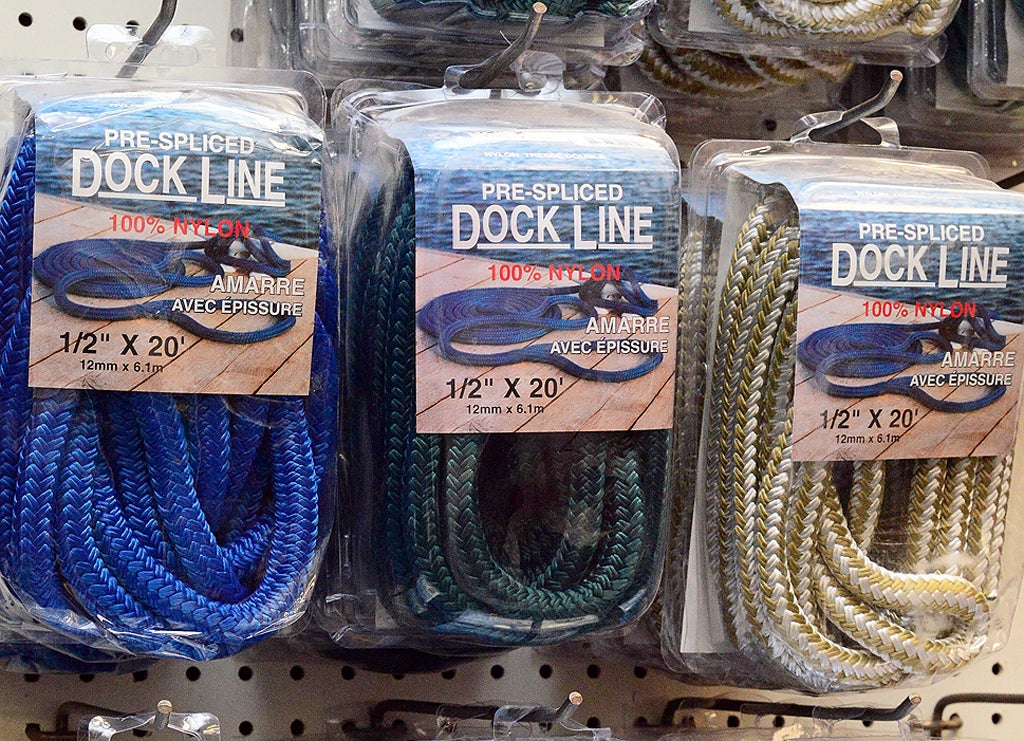
Nylon pre-spliced dock lines come in a range of sizes – select lines the same length as your boat. You’ll need two, one each for the bow and stern.
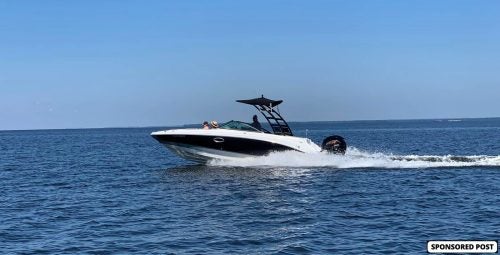
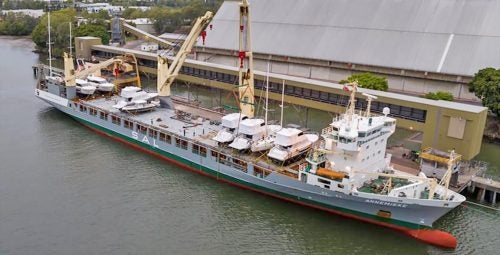
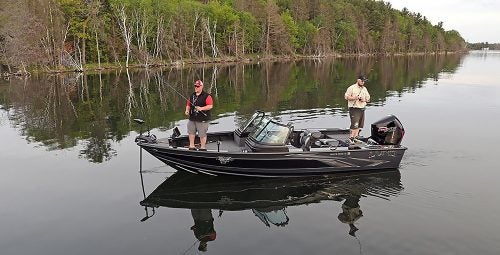


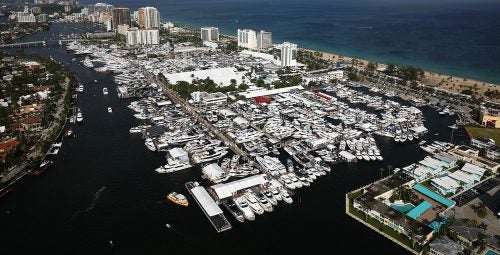 Fort Lauderdale International Boat Show Preview
Fort Lauderdale International Boat Show Preview 10 Best New Boat Accessories at IBEX 2021
10 Best New Boat Accessories at IBEX 2021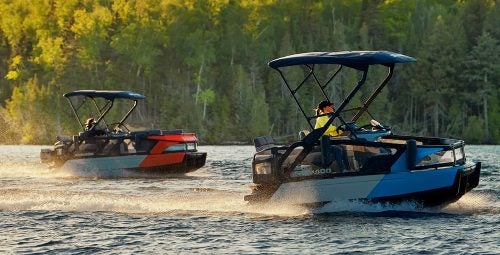 2022 Sea-Doo Switch Pontoon Boat Lineup Unveiled
2022 Sea-Doo Switch Pontoon Boat Lineup Unveiled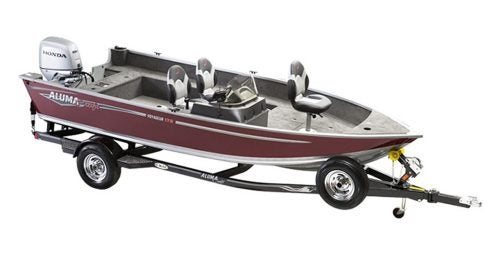 BRP Enters Fishing Boat Market with Purchase of Alumacraft Boat
BRP Enters Fishing Boat Market with Purchase of Alumacraft Boat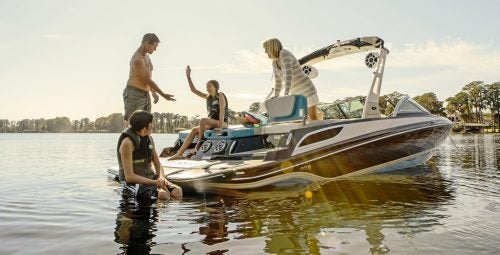 Volvo Commits To Electric Power By 2021
Volvo Commits To Electric Power By 2021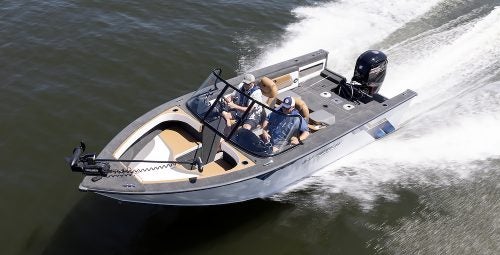 Starweld Victory 20 Review
Starweld Victory 20 Review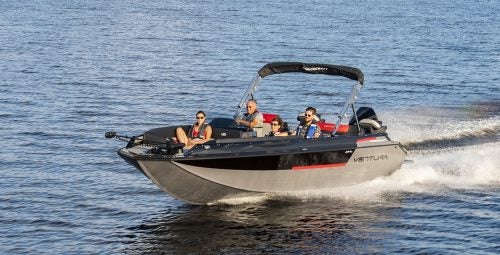 Princecraft Ventura 23 RL Review
Princecraft Ventura 23 RL Review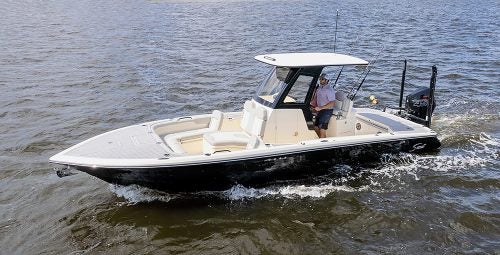 Scout 281 XSS Review
Scout 281 XSS Review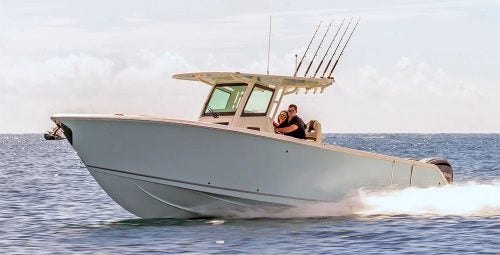 Sailfish 312CC Review
Sailfish 312CC Review Fuel Saving Tips For Boaters
Fuel Saving Tips For Boaters Best Boating Accessories
Best Boating Accessories Best Boating Apps
Best Boating Apps 5 Pontoon Boats That Are Made To Fish
5 Pontoon Boats That Are Made To Fish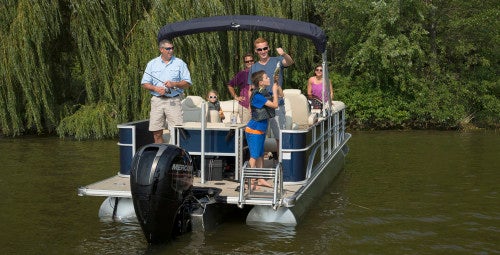 10 Great Small Pontoons
10 Great Small Pontoons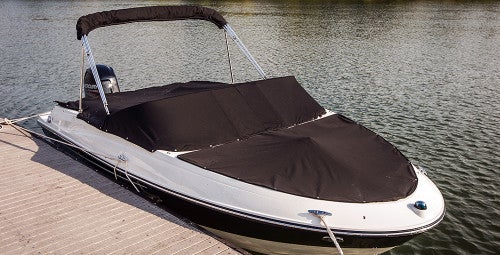 Your Boat Was Expensive—Do You Really Trust a $2 Rope From the Dollar Store to Secure It?
Your Boat Was Expensive—Do You Really Trust a $2 Rope From the Dollar Store to Secure It?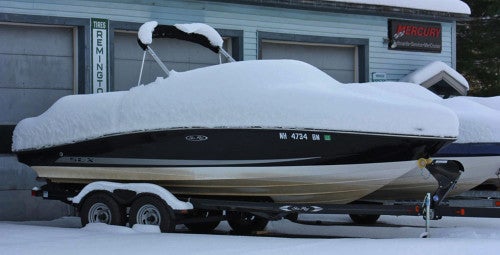 Do I Need Insurance Coverage Against Ice or Freezing Damage?
Do I Need Insurance Coverage Against Ice or Freezing Damage?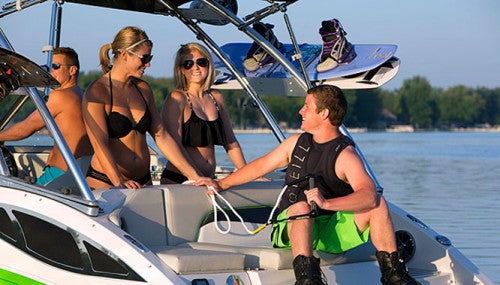 What Kind Of Insurance Coverage Do I Need?
What Kind Of Insurance Coverage Do I Need?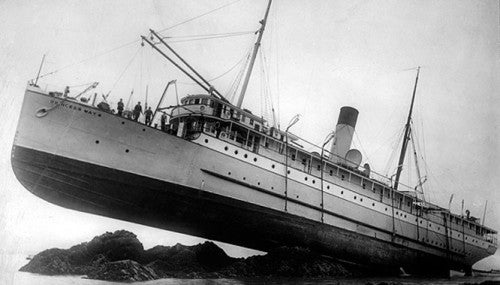 What About Salvage?
What About Salvage?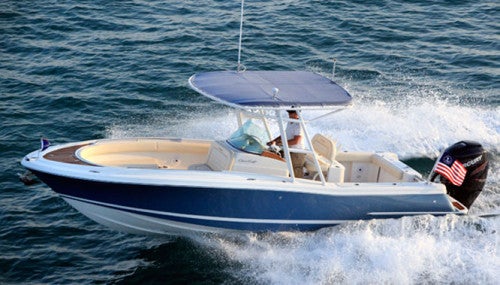 Boat Insurance or Yacht Insurance?
Boat Insurance or Yacht Insurance?

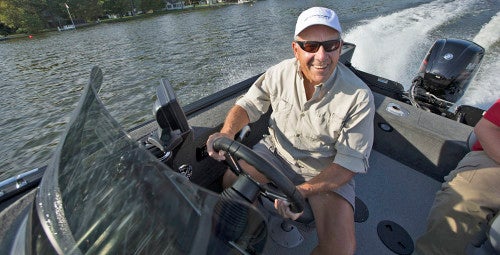
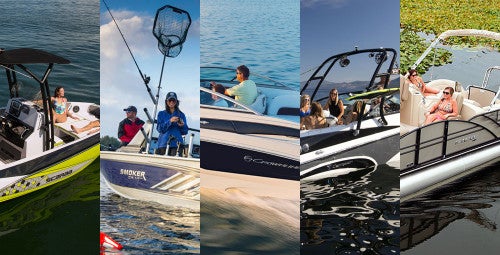
 The Best Bowriders For The Money
The Best Bowriders For The Money
 The Wildest Concept Yachts
The Wildest Concept Yachts
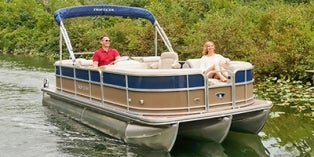 2016 Trifecta 200 Series 220FCR
2016 Trifecta 200 Series 220FCR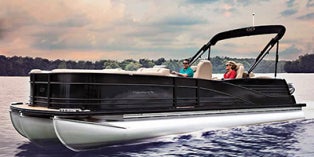 2016 Harris Grand Mariner SL 270 DL
2016 Harris Grand Mariner SL 270 DL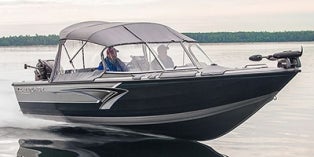 2016 Crestliner Authority 2050
2016 Crestliner Authority 2050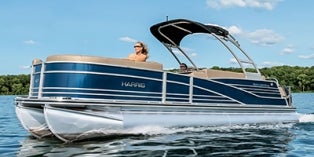 2016 Harris Grand Mariner SL 230 DLDH
2016 Harris Grand Mariner SL 230 DLDH
